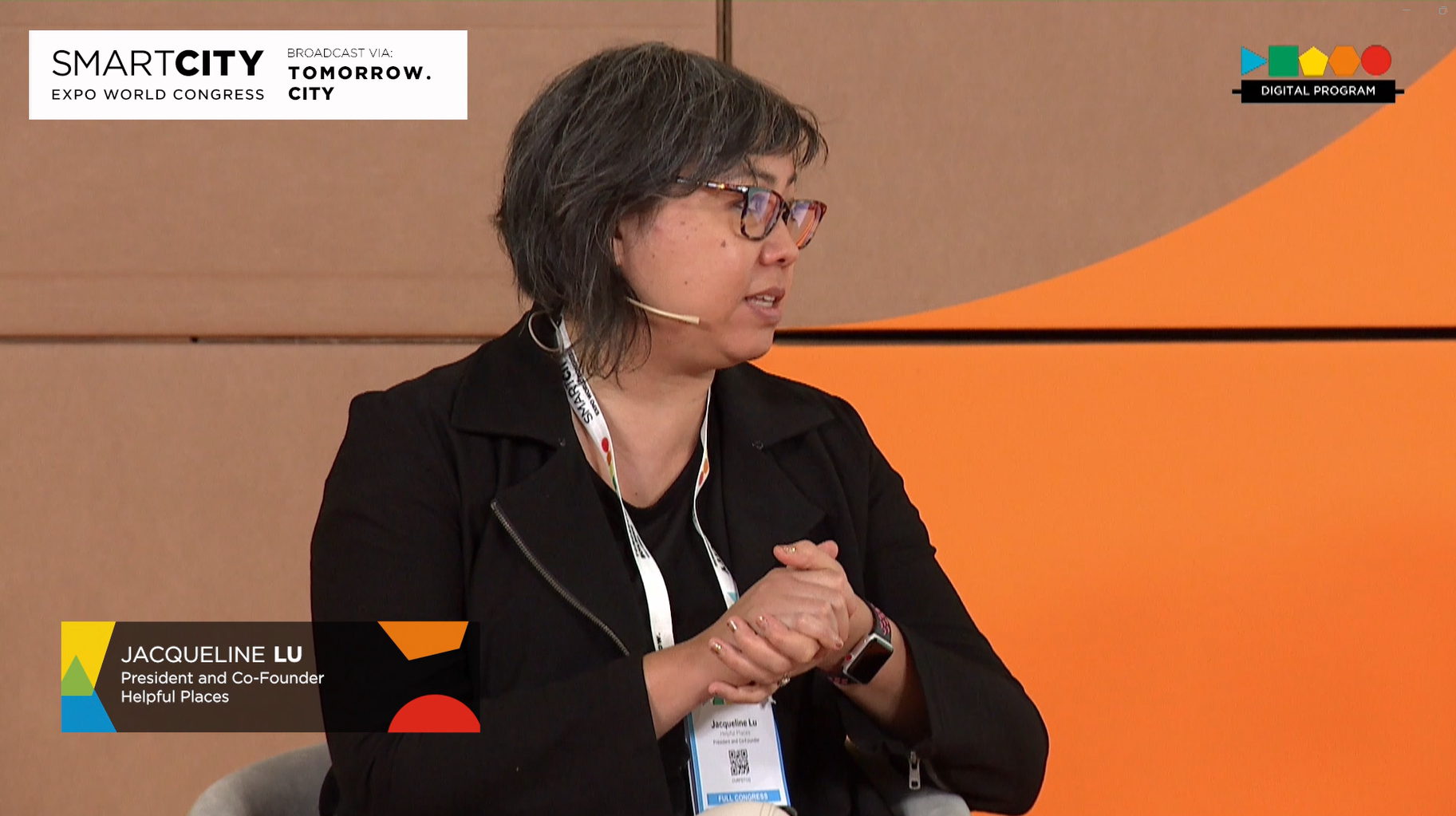Author | This is a guest post written by Aticco
The ever-evolving scene of urban development promotes the implementation of innovative solutions in cities that enhance the quality of life for their inhabitants, while focusing on the concepts of sustainability, efficiency and community engagement. In this context, community-centered solutions, such as coworking and coliving spaces, are gaining strength while contributing to the building and growth of smart cities.
THE ROLE OF COMMUNITY-CENTERED SPACES
Coworking and coliving spaces, as their name implies, emerged from emphasizing the importance of creating a community within the place you spent most of your time in, creating the right atmosphere for people to connect and thrive. This type of spaces lead to other benefits that have an effect, not only on the people within, but also on the city they are in.
CONNECTIVITY AND COLLABORATION
Work and living shared spaces bring together a group of diverse individuals who share common interests, whether it’s on a professional or a personal basis. At the same time, the disposition and dynamics that these spaces offer encourage collaboration, networking and knowledge sharing among its members. This atmosphere enhances creativity and cooperation, as it helps strengthen the social fabric of the community.
ENTREPRENEURSHIP AND INNOVATION
Coworking and coliving are well suitable spaces for entrepreneurs, as they offer them an affordable and collaborative environment to work on their projects and enjoy their free time. These spaces nurture creativity and innovation, while presenting a platform that allows them to join an ecosystem where their projects can thrive.
DIVERSITY AND INCLUSION
These community-centered spaces are constantly evolving to cater the needs of the business and entrepreneurial ecosystem, and of various communities that are part of it as well. Cultural diversity programs, community gatherings, events and training activities targeting different sectors, and the focus on an accessible design, are some of the initiatives they present towards this objective.
COWORKING AND COLIVING SMART TRENDS

Shared working and living spaces are gaining popularity due to the benefits they offer to meet new generation’s needs, but also because they play an important role to help meet real estate demands on cities all over the world.
Leah Ziliak, coliving consultant, projected that by 2030, nearly 9% of the world’s population will be located in 41 megacities, and by 2050, 2 out of every 3 people will live in cities or urban centers. This states a space issue that makes sharing quite a necessity. On this note, as cities continue to grow, the offer of shared spaces is also rapidly increasing. Coworking, for example, is expected to reach over 40,000 spaces worldwide by the end of 2024 according to Statista, which would represent a growth of over 200% in 5 years.
Looking ahead with this scenario, coworking and coliving spaces, such as Aticco Workspaces and Aticco Living, continue to evolve and adapt to satisfy the needs of upcoming generations and urban environments. While they’re doing so, we can highlight their focus on developing solutions that work towards a more connected, efficient and sustainable future.
“Work and lifestyle models in the city are constantly evolving, and so are the space related needs of the people who live in them. Community, connection, flexibility and sustainability are key concepts that are gaining more and more traction in this context, hence shared spaces that focus on them are gaining strength on the road to the future of cities”, explains Gabriel Espín, CEO of Aticco.
ENERGY AND SPACE EFFICIENCY
These shared solutions optimize the use of infrastructure in order to make the most out of the space and promote using shared amenities, while reducing the overall energy consumption and the environmental impact that results from construction.
On the other hand, coworking and coliving spaces usually integrate technologies for smart lighting, heating and cooling systems, as well as digital tools for managing space utilization, enhancing security and personalizing user experiences.
TRANSPORTATION AND MOBILITY
Coworking and coliving spaces are strategically placed in central locations that are well connected, in order to ensure their users easy access to all kinds of services, as well as to landmarks of the city they are located in.
This way, these solutions contribute to decreasing traffic congestion and lowering carbon emissions, while they also help encourage the use of eco-friendly and public transportation, which altogether promotes a healthier and more sustainable urban lifestyle.
SUSTAINABILITY
A study by the United Nations shows that construction of new buildings accounts for 36% of global energy consumption and 39% of energy related carbon dioxide emissions. On that note, and with the purpose of moving towards more sustainable practices, coworking and coliving are also promoting the use of eco-friendly construction materials and renewable energy sources, as well as making the most of spaces that are already built, setting new benchmarks for an environmentally conscious urban development.
NETWORKING HOTSPOT
These spaces promote the exchange of ideas, skills, and resources, cultivating innovation and a sense of collective responsibility. Beyond physical amenities, the sharing culture extends to sustainability initiatives, encouraging eco-friendly practices and minimizing environmental impact. This interconnectedness not only enriches individual experiences but also contributes to the overall well-being and success of the community.
All in all, community-centered spaces represent a step forward in the road towards the future of cities, as solutions such as coworking an coliving stand as beacons of community, collaboration and sustainability.






















































